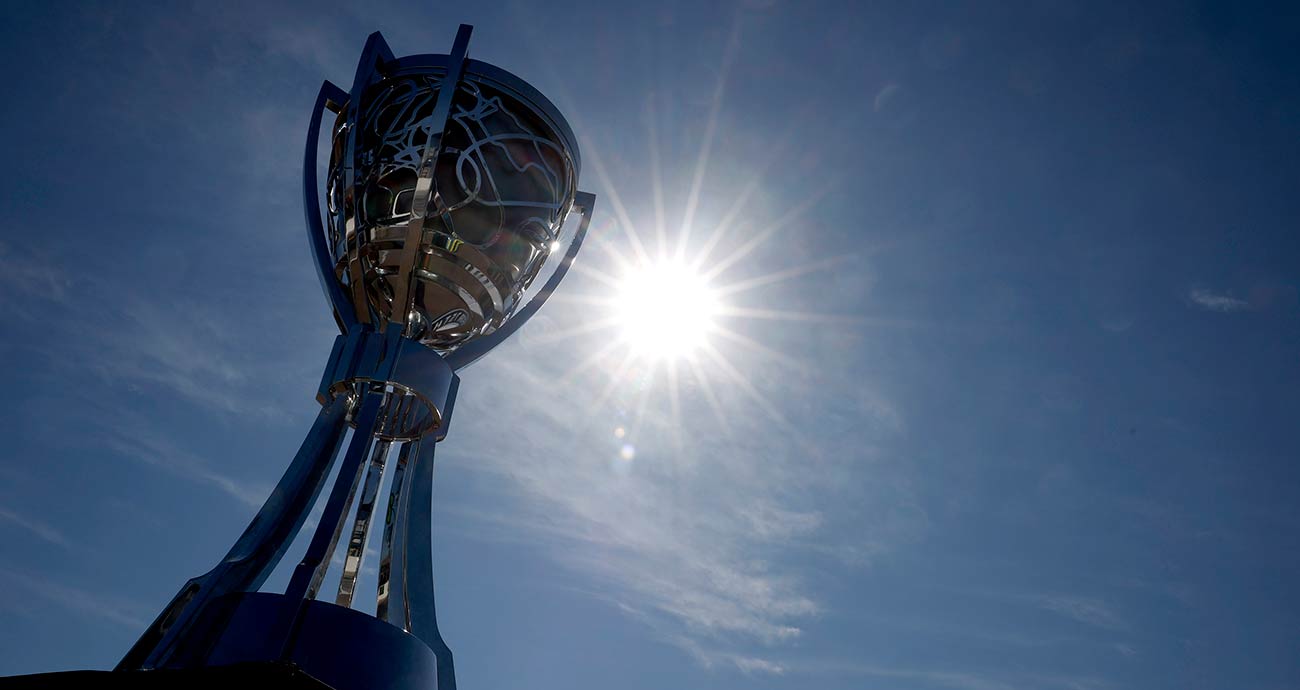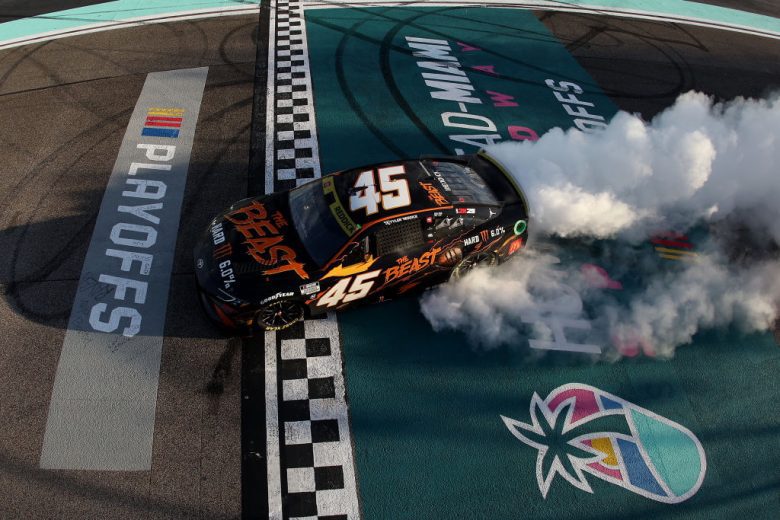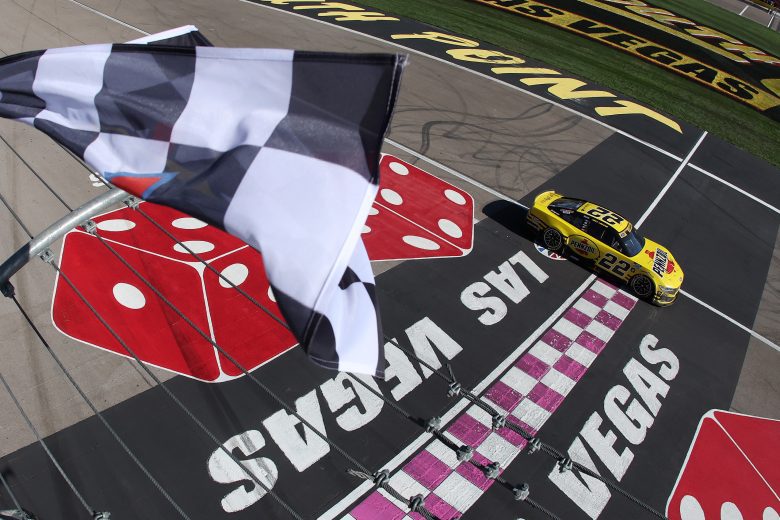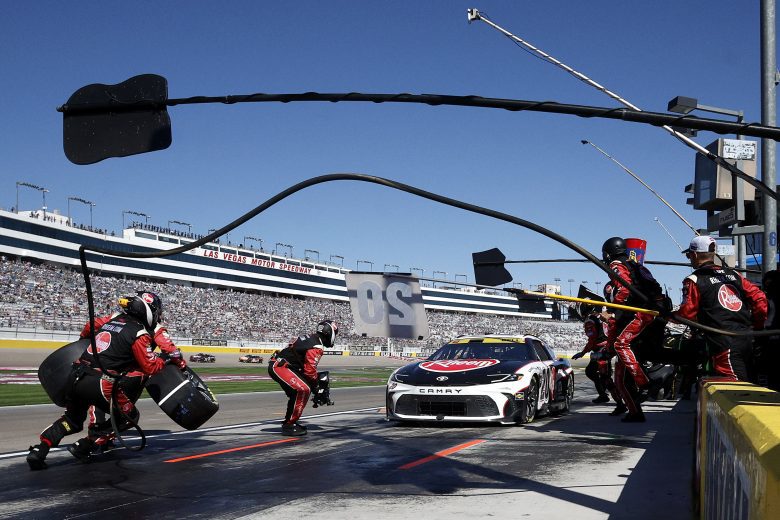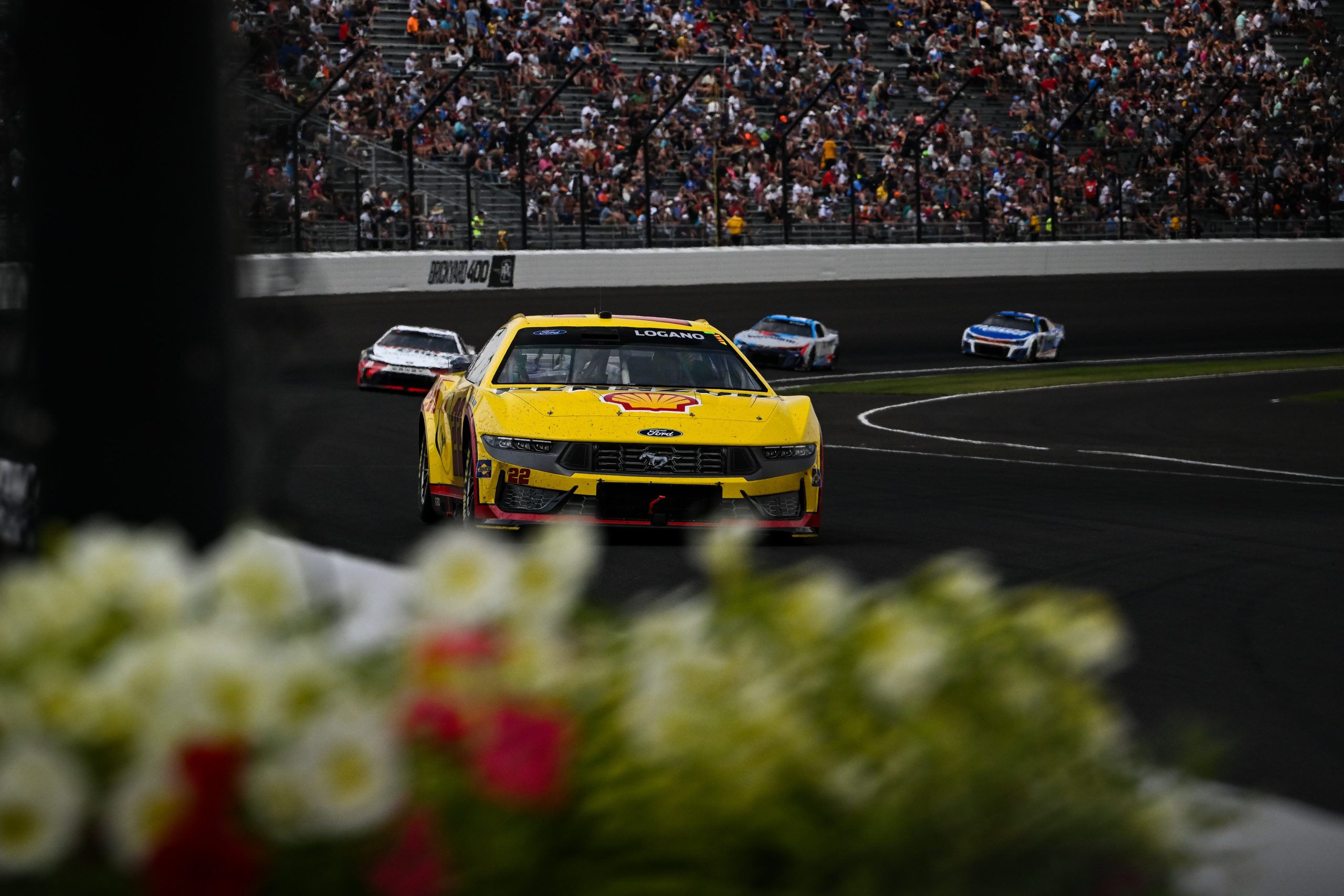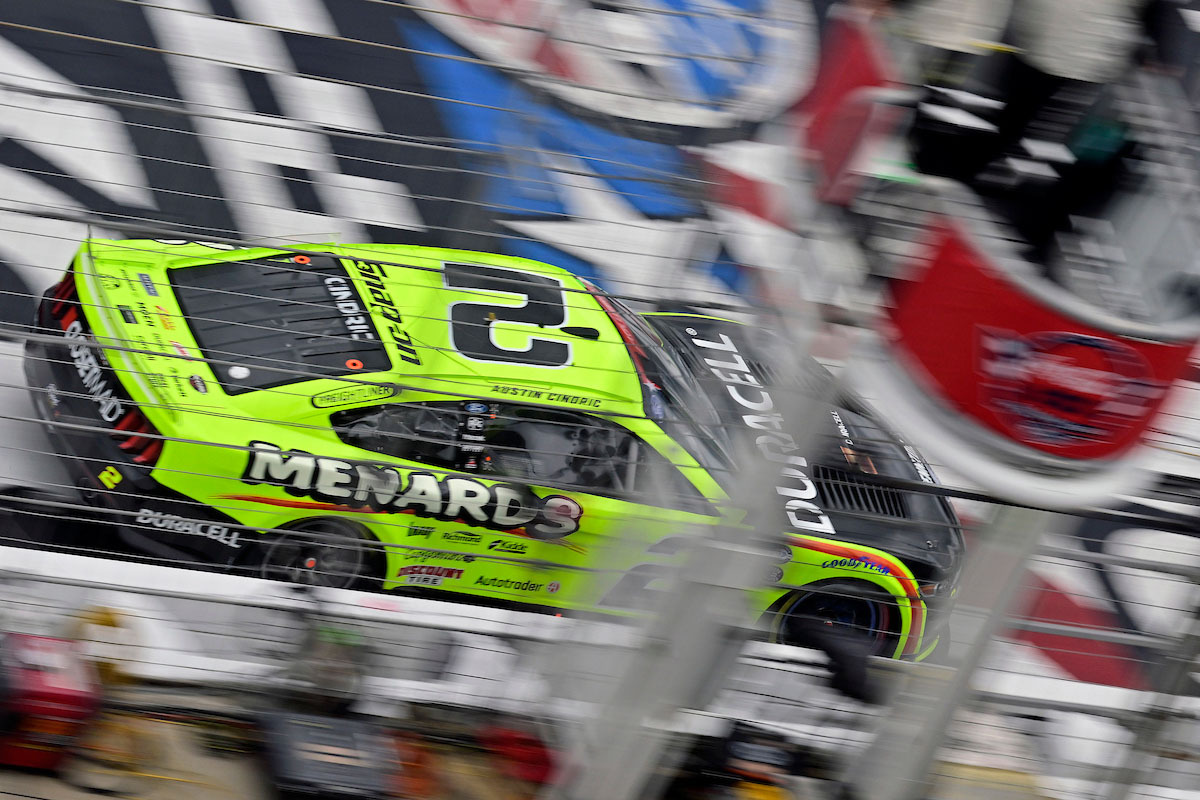Will NASCAR Ever Integrate Advanced Driver Assist Systems (ADAS)?
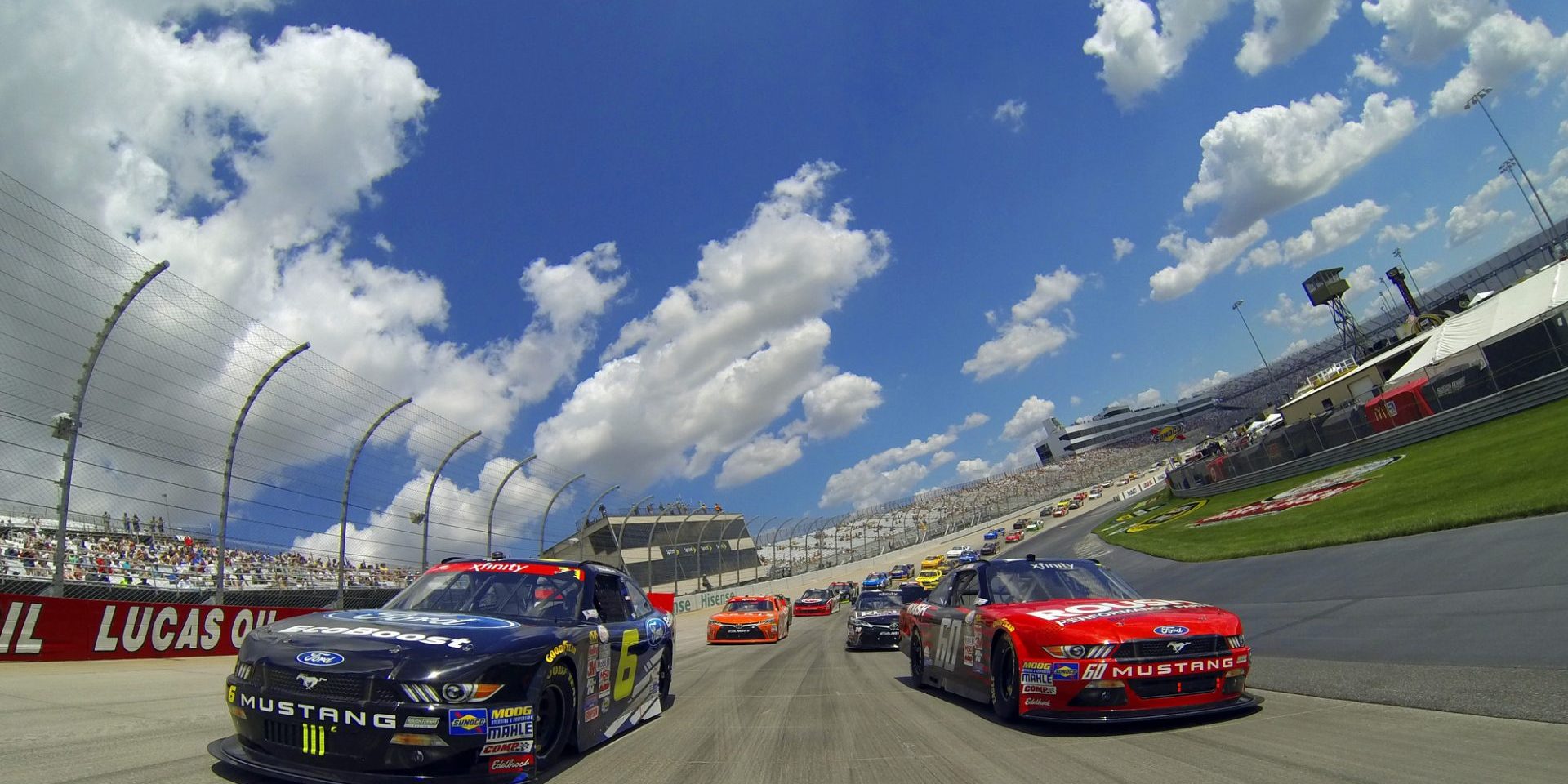
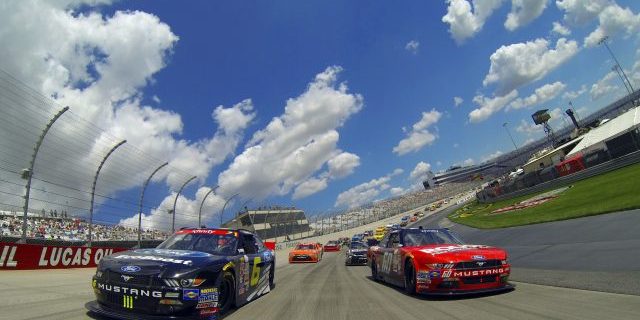
Advanced driver assist systems (ADAS) are one of the main components of vehicles with autonomous capabilities. While ADAS has played a key role in making domestic driving safer and easier, it hasn’t made the same impact in organized racing — at least not yet.
Will NASCAR ever integrate ADAS into its race cars? Are other stock car racing leagues adopting this revolutionary technology? Let’s see what the future holds for ADAS in NASCAR and the world of racing as a whole.
Table of Contents
What is ADAS?
Advanced driver assist systems are self-operating features designed to improve driver safety and efficiency. They use a human-machine interface to improve driver reaction times through early warnings and automated vehicle reactions. ADAS first emerged in the 1970s with the anti-lock braking system and now performs many other essential functions:
- Anti-lock brakes
- Adaptive cruise control
- Collision detection
- Blind spot recognition
- Lane departure warning
- High beam automation
- Parallel park assist
- Traffic signal recognition
- Traction control
An ADAS constantly gathers information from the vehicle and its surrounding environment to make smart driving decisions. This information largely comes from automotive image processing, which includes a series of high-definition cameras and sensors that provide 360-degree visibility and 3D image resolution.
Modern ADAS also includes light detection and ranging (LiDAR) technology, which uses additional cameras and sensors to differentiate between moving and stationary objects on the road. This recent addition has been extremely beneficial for blind-spot vehicle recognition and driving in poor light conditions.
Additional data inputs can come from sources apart from the vehicle, including other vehicles with ADAS — also known as V2V connectivity — or a local WiFi network. In the future, ADAS will continue to explore wireless network connectivity to establish a higher standard of driver safety.
ADAS Can Work Wonders for Driver Safety
ADAS is designed to automatically adapt the vehicle to its unique environment, alert drivers of potential hazards and help them avoid collisions. They often come in the form of navigational warnings or alerts, but sometimes the vehicle takes over the driving for a few seconds. For example, ADAS can activate the brakes if it senses a stationary obstacle ahead.
There is no doubt that ADAS improves driver safety. According to a 2023 study by LexisNexis Risk Solutions, cars with ADAS showed a 27% reduction in bodily injury claims and a 19% reduction in property damage claims. Looking ahead, it could aid in preventing an estimated 37 million crashes by 2050 according to projections from AAA and the University of North Carolina.
The advantage of improved driving performance is also evident in ADAS technology’s public reception. Cars with built-in ADAS have a repurchase rate of 87%-89% on average, which suggests that people enjoy using the technology for everyday driving. It’s an ideal addition to someone’s daily commute or a long road trip.
Problems With ADAS in NASCAR
Despite its safety improvements, ADAS is relatively unproven in a fast-paced racing environment like NASCAR, where speeds reach up to 200 mph on a regular basis. It might give drivers a great safety advantage when they’re on a 65 mph highway or in stop-and-go traffic, but it would perform quite differently with 40 race cars confined onto a narrow oval track.
For example, if one of the cars gets a collision alert and the ADAS activates the brakes, it could end up causing a crash instead of preventing one. NASCAR drivers love to use bump-and-run driving tactics and often make incidental contact with each other, which goes against ADAS programming. The drivers would have to totally re-train themselves and develop new strategies.
Additionally, some features of ADAS — such as adaptive cruise control, lane assist and high beam automation — would be useless in a NASCAR race. Drivers only use cruise control in practice or test sessions, there are no lanes on the track and the race cars don’t have headlights. They’re just decals that make the cars look cooler.
Besides, each racing team already has a “spotter” who helps drivers navigate hazards through constant radio communication. The introduction of ADAS to NASCAR would make the spotter’s role more complicated because they have to consider how the system will react. This situation could lead to confusion between the driver and spotter and result in a crash.
Current Applications of ADAS in Motorsports
Although NASCAR hasn’t tapped into the benefits of ADAS, other motorsports leagues have experimented with the technology. Formula 1 most notably uses ADAS to measure driving performance with key metrics such as reaction times, braking points and cornering speeds. All of its autonomous features are deactivated so the drivers have full control of the vehicle.
IndyCar, the U.S.’s other popular racing organization, has also announced the introduction of hybrid assist units in 2024. The rechargeable system will give engines an extra boost of horsepower and test new technologies from IndyCar’s two engine manufacturers, Chevy and Honda. Once again, there will be no autonomous functions.
In 2021, Indianapolis-based nonprofit Energy Systems Network organized the first fully autonomous racing series — the Indy Autonomous Challenge. The first round took place at the Indianapolis Motor Speedway and subsequent events have been held at the Las Vegas Motor Speedway.
The self-driving cars raced one-on-one in a drag race format, completing warm-up laps between 65-80 mph to get a feel for the track. Each lap during the race was faster than the last and the cars reached more than 150 mph on the final lap. However, one of the cars inputted too much steering correction and spun out at 170 mph on turn four.
These applications in F1, IndyCar and the Indy Autonomous Challenge perfectly demonstrate the highs and lows of ADAS in motorsports. It can provide amazing driver performance insights, help racing teams experiment with new engine technologies and adapt to each track’s unique characteristics. It can also cause accidents that professional drivers would have easily avoided.
A Glimpse Into NASCAR’s Future
Although the future of ADAS in NASCAR is uncertain right now, the sport has still made some amazing technological strides. From the introduction of aerodynamic modifications in the 1960s to experiments with electric vehicles in the 2020s, this organization isn’t afraid to push the boundaries.
NASCAR is always looking for ways to improve the sport’s safety, as evidenced by the recent decision to give time penalties for unsafe maneuvers similar to the penalty system in F1. Sustainability is another top priority, with the adoption of electronic fuel injection systems and NOx sensor technology to reduce internal combustion emissions from its race cars.
No Automation in NASCAR Any Time Soon
While NASCAR may use ADAS for driver performance analysis and other non-autonomous functions in the future, fans won’t see self-driving applications any time soon. Fully integrating ADAS into NASCAR would take away the human aspect of the sport and make it a software engineering competition instead of a race. For now, the jobs of NASCAR drivers are safe.
Will NASCAR Ever Integrate Advanced Driver Assist Systems – Frequently Asked Questions (FAQs)
What is an Advanced Driver Assist System?
An advanced driver assist system (ADAS) is a collection of self-operating cameras and sensors that analyze a vehicle’s condition and its surroundings. It can send alerts to improve driver reaction times or perform autonomous tasks, such as activating the brakes or assisting with parallel parking. It has been proven to improve driver safety in domestic settings.
What are the pros and cons of ADAS in NASCAR?
Although ADAS makes everyday driving more safe, it wouldn’t have the same effect in NASCAR. Many of its applications are useless because of the stock car’s design. In some cases, ADAS might cause an accident instead of preventing one. It’s better to leave the vehicle completely in the driver’s control.
Do other motorsports leagues use ADAS?
Yes, other motorsports leagues use ADAS for various reasons. Formula 1 teams use ADAS to monitor the performance of their drivers, while IndyCar will use ADAS to improve engine performance starting in 2024.
Is it possible to have fully autonomous race cars?
Yes, the Indy Autonomous Challenge has already introduced fully autonomous race cars. The new racing collaboration started in 2021 and the Las Vegas Motor Speedway hosts the challenge every year.
Will NASCAR ever fully integrate ADAS?
No, it’s unlikely that NASCAR and other motorsports leagues will fully integrate ADAS. They might use it for driver monitoring and other data analysis applications, but a car with self-driving capabilities isn’t on NASCAR’s radar right now.
Author Bio
With an extensive background in automotive journalism, Jack Shaw brings a wealth of knowledge and enthusiasm to the table. As a contributing writer for Offroad Xtreme, Ford Muscle, Engine Labs and other leading publications, his articles provide readers with expert insights and captivating stories from the world of racing.

